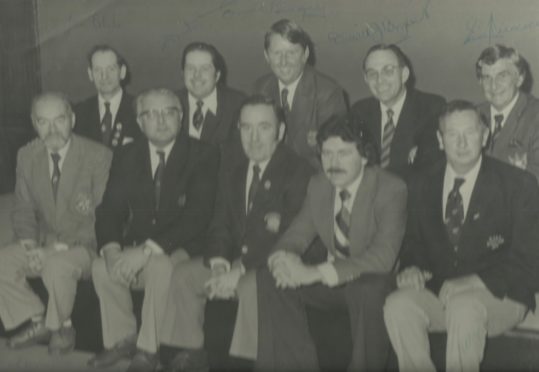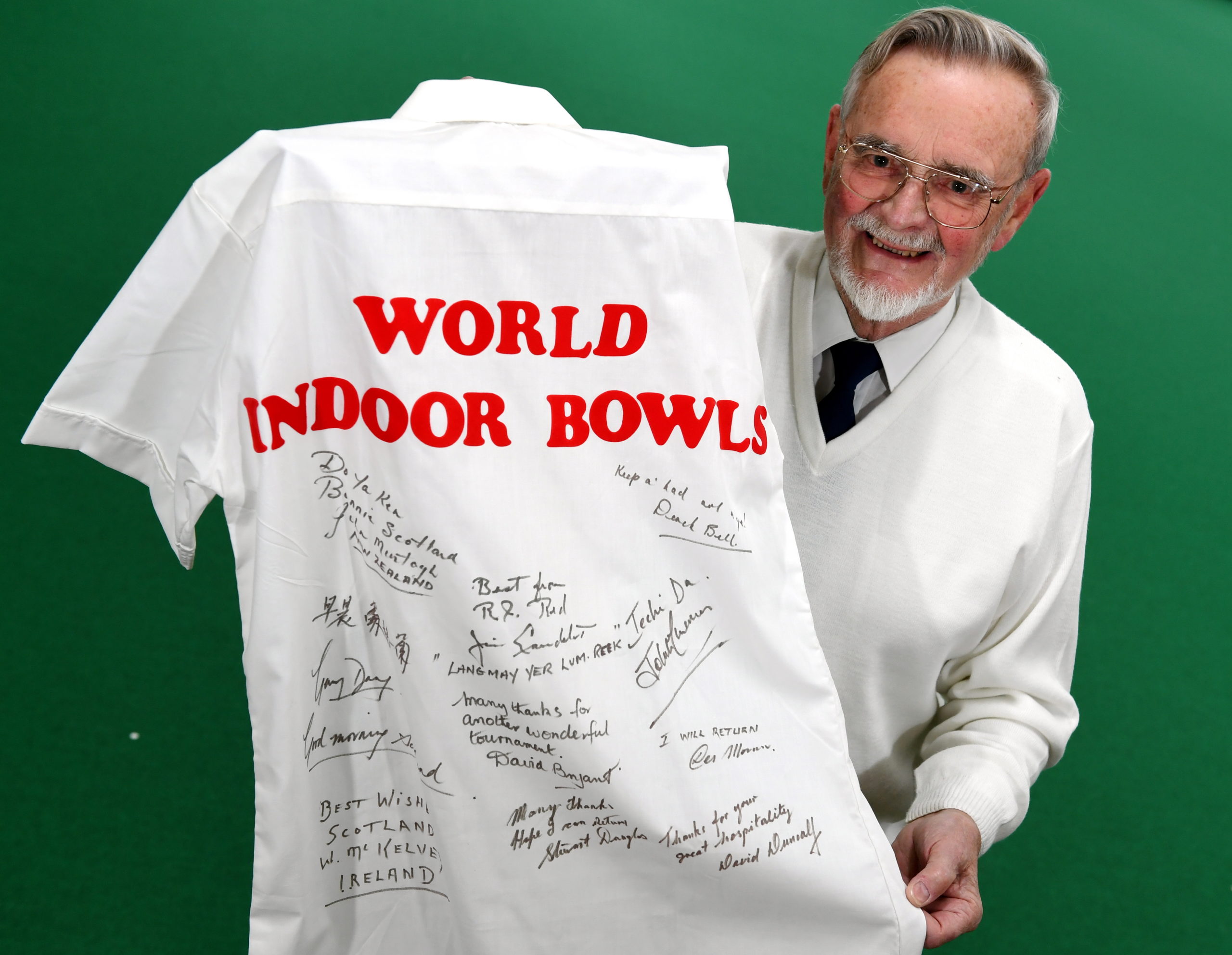The World Indoor Bowls Championship has become a staple in the TV sporting calendar.
Last month millions tuned in to watch the climax of the 2020 edition at Potters Leisure Resort, Hopton-on-Sea near Great Yarmouth as Robert Paxton won the open singles.
The popularity and continued coverage of the tournament on the BBC is down to Inverurie man Mike Barron.
When working as director of leisure at Monklands District Council in the 1970s, the 78-year-old helped start the tournament and managed to get it shown on television.
Barron, who grew up in Alford and is still a keen bowler today, started the tournament at Coatbridge Indoor Bowling Club in 1979, where it remained until 1988 when it moved to London’s Alexandra Palace.
For Barron, who plays at the Garioch Indoor Bowling Centre in Inverurie, there is huge pride that the World Indoor Championships are still being broadcast.
He said: “It was a fight to get the tournament going, but the end result was what mattered. And you see the World Indoor Bowls Championship now as this big TV tournament.
“It’s great that you see the tournament still on the TV and still running.
“I made so many bowling friends as a result of the tournament and when I’ve gone to the World Championships in the past I’ve been made very welcome.”
Bowls was first shown by the BBC in 1977, but it was an event involving Scotland, England, Wales and Ireland staged at Coatbridge.
Barron convinced the head of sport at BBC Scotland, Malcolm Kellard, to cover the tournament after being put in touch with him through former BBC Scotland controller Pat Chalmers, of Inverurie.
After successful deferred showings in Scotland of the home nations series a plan was hatched for a tournament involving the champions of the home nations as well as Canada, USA, Hong Kong, Australia and New Zealand.
It was going to cost £6,500 to stage the World Indoor Championships, with Barron asking 40 firms to give sponsorship.
Provost of Monklands District Council Tom Clarke pledged to get the local authority to support and eventually Barron managed to attract the sponsorship of WD and HO Wills, the makers of Embassy tobacco, with Coatbridge Indoor Bowling Club transformed to accommodate 600 spectators around one rink.
The World Indoor Championships were only to be shown in Scotland, but a blizzard which wiped out the football and horse racing card gave the event its big chance on the premier Saturday afternoon sports programme of the day, Grandstand.
Barron, a former chief executive of Gordon District (Aberdeenshire) council, said: “The tournament was only going to be broadcast in Scotland in four half-hour programmes and would be deferred for weekends.
“But on the Friday afternoon there was two feet of snow across the country and it was obvious on Saturday there wasn’t going to be any racing or football.
“After David Bryant won his quarter-final, the BBC decided they would show both semis throughout Grandstand on Saturday.
“The two semi-finals were good and then on Sunday they had to postpone Ski Sunday to show the final, which was a great game between David Bryant and Jim Donnelly.
“So that was really how bowls started to be shown on TV – and it’s remained there ever since.”

